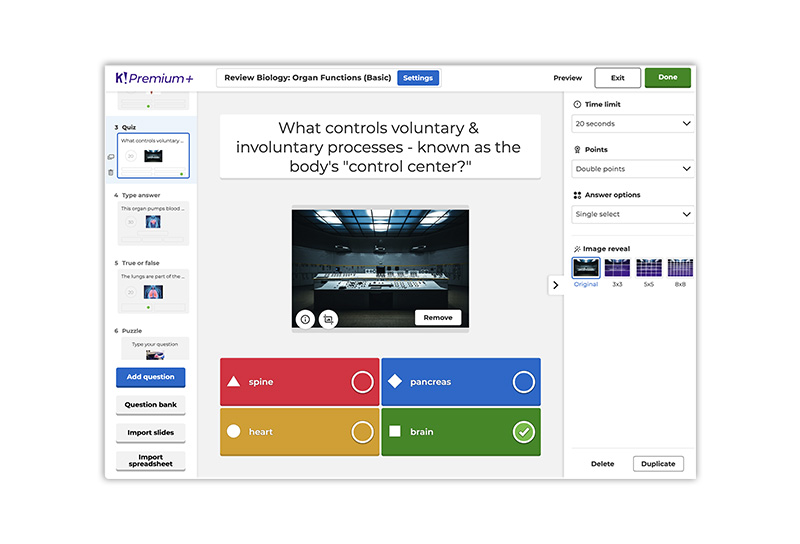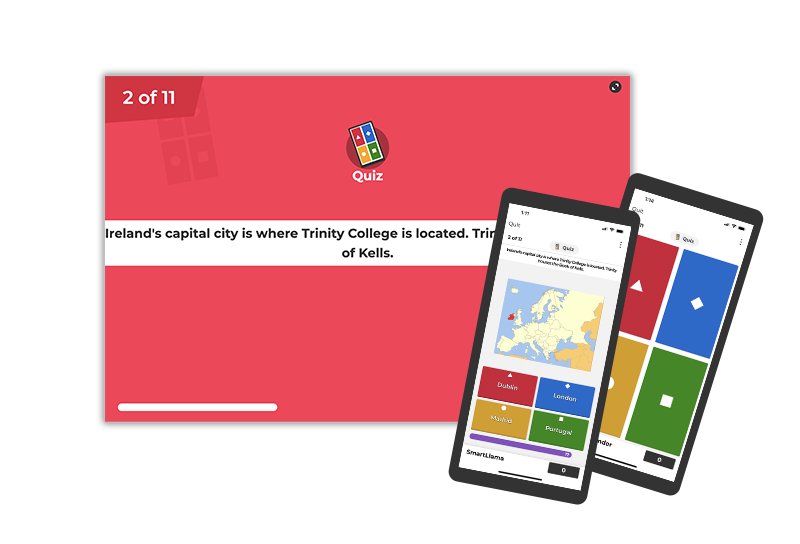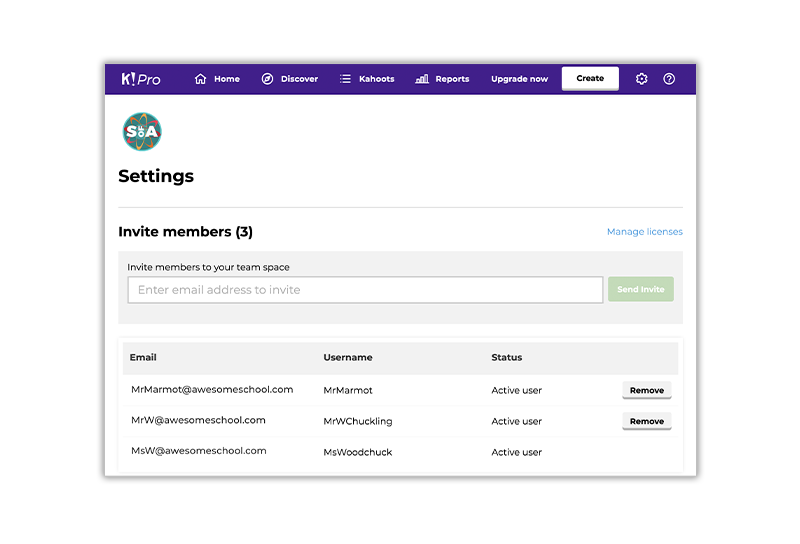
This week I will evaluate how a previous teaching experience throughout my education implemented SAMR. Throughout my high school education, an online test-taking app was often used throughout my classes. This platform was called Kahoot (“Kahoot!” n.d).
Kahoot is a technologically engaging app that allows students to answer questions (“Kahoot!” n.d). The user first begins with creating a learning game on Kahoot (“Kahoot!” n.d).

During class time, students were able to ask questions and answers were displayed on the screen (“Kahoot!” n.d).

After the Kahoot was completed, results were shared (“Kahoot!” n.d).

When learning this week’s material, Kahoot stood out as an obvious SAMR. Kahoot simply adds a spin on the traditional quiz approach. EdTech is used as a direct substitute for the traditional practice (Bes, 2021).. Thus, it clearly satisfied the substitution stage of SAMR (Bes, 2021). Next, when considering the augmentation stage of SAMR, Kahoot does qualify for some aspects within this stage. The technology adds to the learning process. It allows for pictures and words (Best, 2021).. Students are also more engaged than in the traditional method (Best, 2021). The sharing aspect of Kahoot allows modification. Kahoot allows for an interactive and dynamic approach. Lastly, I found it hard to evaluate the redefinition stage of SAMR with Kahoot. I am not sure if this method redefines the original task. That being said, this platform has a lot of potentials and provides a new way to deliver a traditional classroom task.
Best, J. (2021, January 11). The SAMR model explained (with 15 practical examples). 3P Learning. Retrieved October 22, 2021, from https://www.3plearning.com/blog/connectingsamrmodel/.
Kahoot! for schools: How it works: Feature overview. Kahoot! (2021, March 9). Retrieved October 22, 2021, from https://kahoot.com/schools/how-it-works/.
Leave a Reply
You must be logged in to post a comment.